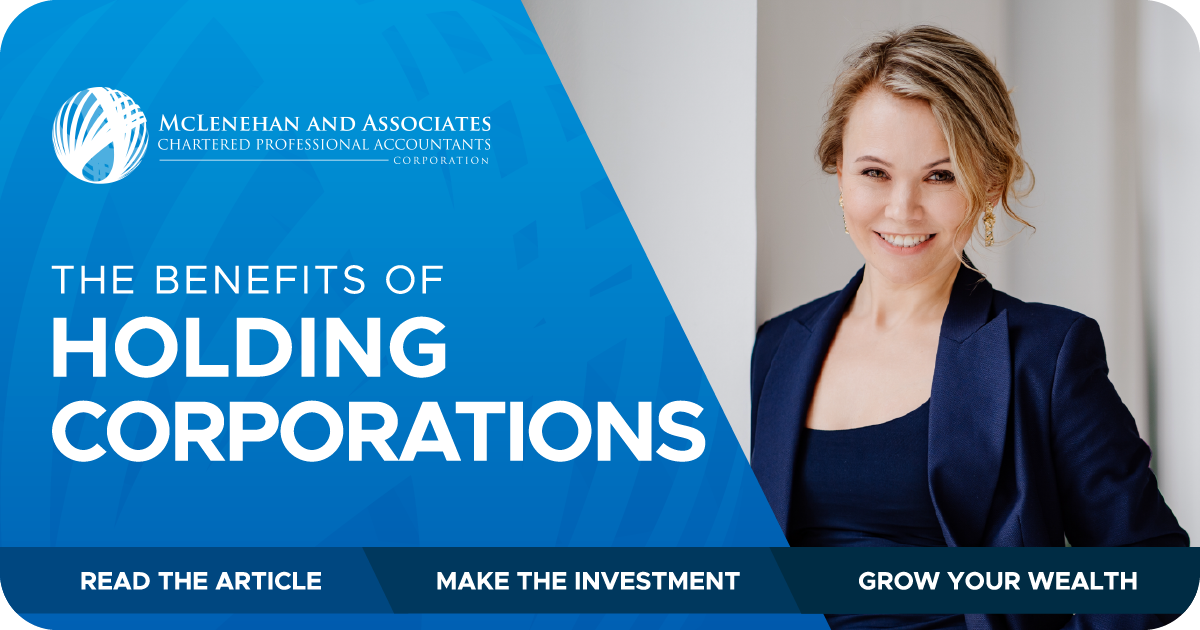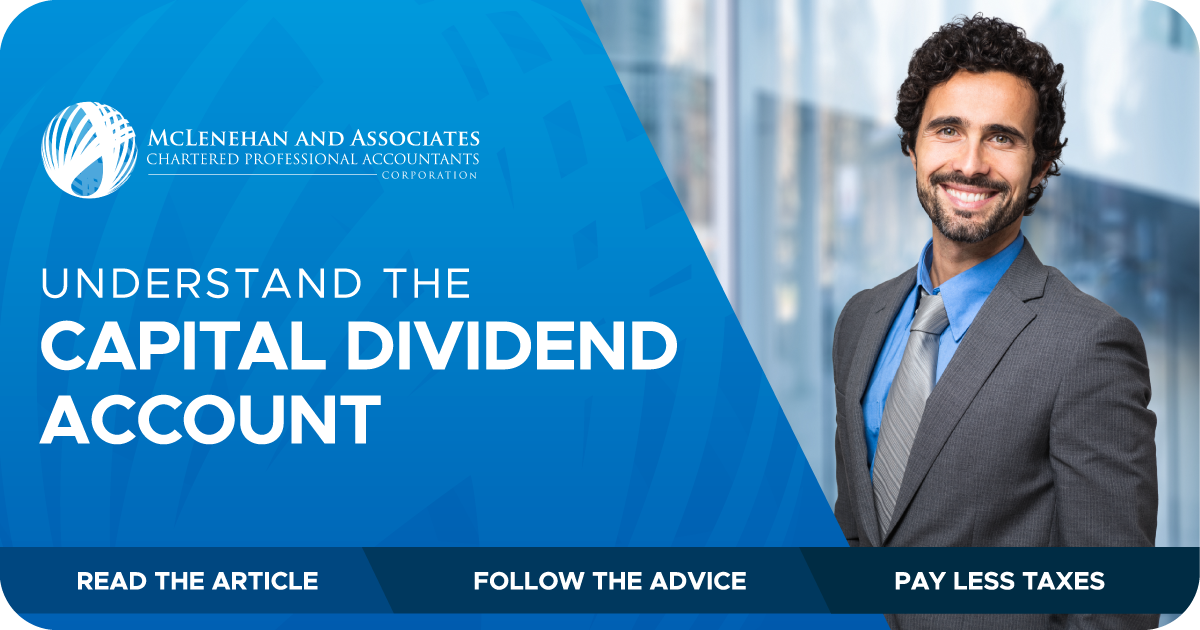Benefits of a holding corporation
Holding corporations provide significant advantages to small business owners who run profitable companies and want to shelter their assets and...

Buy/lease decisions are much more than a matter of taxes.
Buy or lease? That is the question that arises whenever a business needs a new asset. The question usually elicits a follow-up comment that a 100% write-off of the lease expense is available, whereas a purchased asset can only write off the capital cost allowance.
The conclusion of the discussion is that there is a tax advantage to leasing.
Advantages of Leasing
1. Your business gets the full use of the asset while the cost is spread over a number of years (i.e., there is no immediate drain on cash flow). This may be important if the business has limited lines of credit, limited cash reserves or is cyclical and the asset is required immediately.Disadvantages of Leasing
The lessor continues to control the asset through the leasing contract. This may have the following disadvantages:
1) Payments may continue longer than the usefulness of the asset.Tax Considerations
Normally, when an asset is leased, the cost of the lease is immediately expensed and the income is reduced by the lease amount. If, for instance, the lease cost is $1,000 per annum and the corporate tax rate is 17%, the income tax expense will be reduced by $170. The GST/HST input tax credit (ITC) is calculated each month based on the monthly lease amount.
When an asset is purchased, the cost of the asset is capitalized and, for purposes of the Canada Revenue Agency, the capital cost allowance (CCA) is applied to the cost of the asset and the amount is deducted for income tax purposes. The CCA amount is calculated using a percentage (such as 20%) of the cost of the asset. In the first year of purchase the CCA is usually limited to one-half of the CCA calculated on the purchase price. Thus, if an asset cost $1,000, the first year CCA would calculate as 20% of $1,000 equals $200 divided by 2 or $100. In the ensuing years, full CCA is calculated on the original asset cost less the accumulated capital cost allowance. ($1,000 less $100 or $900 times 20% or $180) until the asset is effectively amortized.
From a tax viewpoint, the first-year deduction for the CCA equivalent is $100. A first-year tax benefit approximates $17 assuming (17% of $100); whereas in the second year, the tax benefit approximates $31 (17% of 20% of $900). If the asset is purchased, the ITC on the original cost is calculated on the initial purchase cost and applied against the GST/HST payable. Further, if the capital asset is financed, the interest on the loan is a deduction from income.
More Than Just Taxes
Making a decision as to whether to lease or buy an asset should take into consideration more than just the tax implications. Cash flow, maintenance, financing ability, obsolescence, long-term capital asset needs combined with the impact on the financial statement should all be factors when discussing the pros and cons with your CPA.

Holding corporations provide significant advantages to small business owners who run profitable companies and want to shelter their assets and...

Incorporated small business owners may be able to take tax-free cash out of their corporation through the capital dividend account.

Owning commercial real estate might be one of the most significant opportunities that exist for small business owners to create personal wealth over...